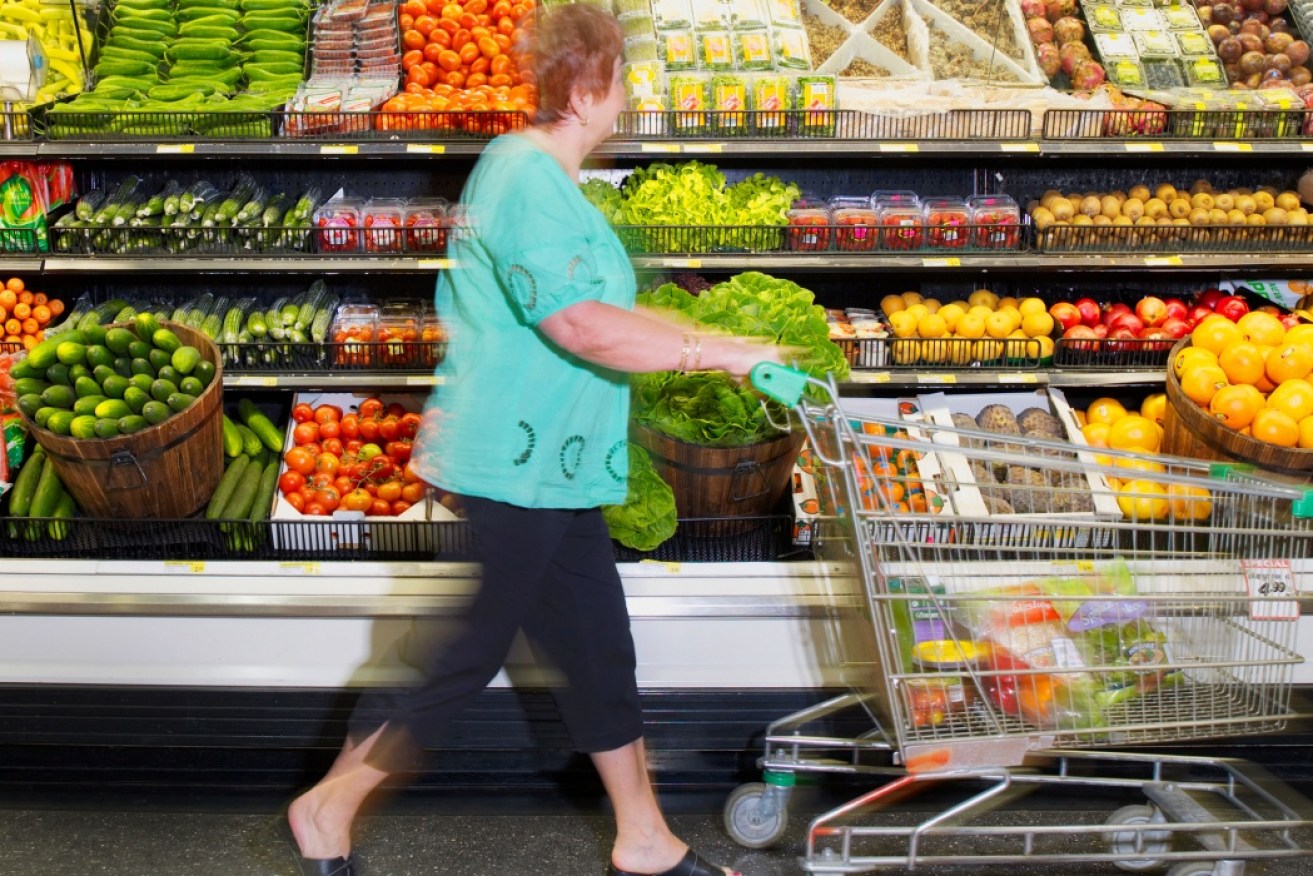Fruit and vegetables could get more expensive with dry spring forecast


Australian shoppers may see a price hike in fruit and vegetables amid a drier-than-usual spring. Photo: Getty
Shoppers could find themselves paying more for fresh fruit and vegetables in coming months as a dry spring forecast adds further pressure on a major farming water supply.
The Murray-Darling Basin, also known as the ‘food bowl’ of Australia, is used as a key water source by more than 40 per cent of all the country’s farms.
Hundreds of thousands of farmers, irrigators and business owners depend on the water body to produce critical supplies of Australian wool, cotton, barley, oats, rice, fruit and vegetables, wheat, dairy products and livestock.
But a drier-than-average spring forecast, teamed with severe water restrictions placed on farmers under the Murray-Darling Basin Plan, means a lack of water could increase the cost of produce.
Hot. Bastard dry. Windy. Bugs everywhere. Already. I am genuinely scared for spring & summer & what it means for us, our animals, our land.
And I beg (again!) the question:
WHY isn't #foodsecurity the most important discussion in Australia? It's a #ClimateCrisis. We must ACT
— Sophie Love 👩🌾 (@LoveFarmOz) September 6, 2019
The Bureau of Meteorology has issued a bleak outlook, predicting below-average rainfall across most of the country for the rest of the year.
An extended warm spell is expected during September, with weekly temperatures likely to be 2-3 degrees above average across central and eastern Australia.
But a spokesman for AUSVEG, the peak industry body for Australian vegetable and potato industries, said it was too early to tell just how much more Australians could be paying for fruit and vegetables.
“In terms of getting an outlook on prices it can be difficult, but we know it’s going to be a hot and dry spring,” AUSVEG communications manager Shaun Lindhe told The New Daily.
“If that means there are weather events that impact crop production and supply goes down then prices can go up.”

A map of the Murray-Darling Basin in Australia. Image: ABC News
Mr Lindhe said drought and a lack of water supply were major factors in determining food prices, but added there were other important variables, too, such as labor costs and humid weather.
“I don’t think a farmer in the country is unaffected by drought in some way,” Mr Lindhe told The New Daily.
“We’re lucky with vegetables in Australia because we grow a lot of different commodities in lots of different regions so if one region is impacted more than others then we can pick up some of the slack.
“As an industry we invest in research to make sure we’re constantly improving productivity of all vegetable crops.”
Mr Lindhe said while it was difficult to predict food prices months in advance, it was a safe bet to say potatoes and carrots would remain largely unaffected by a dry spring given their large supply.








